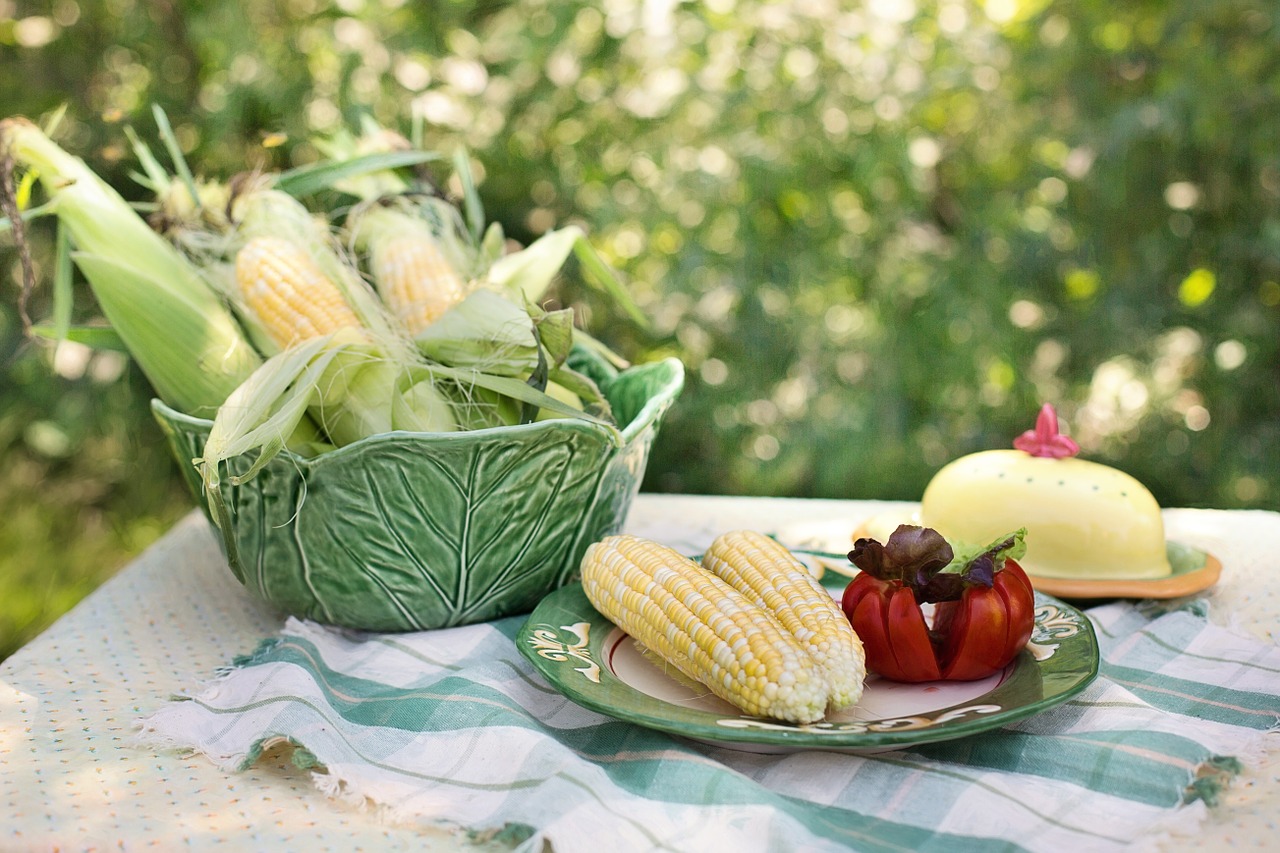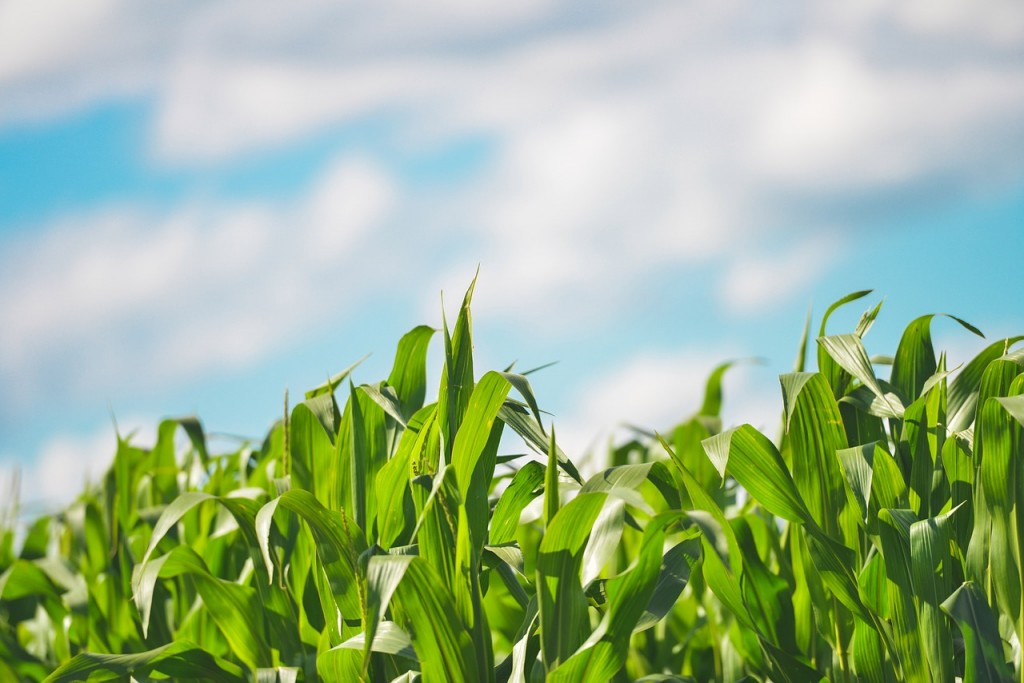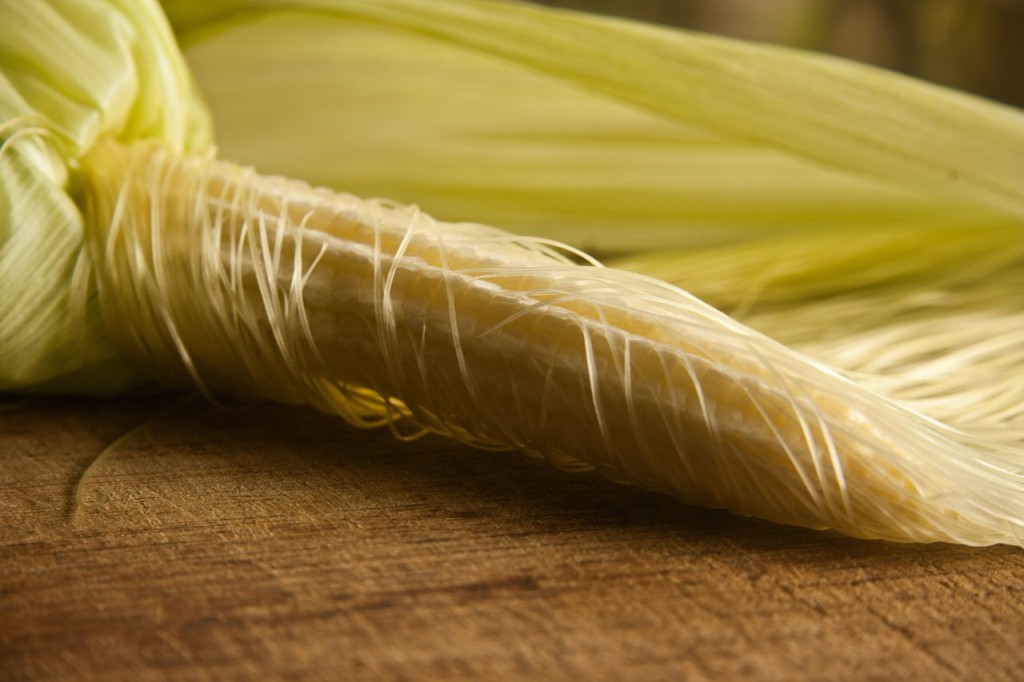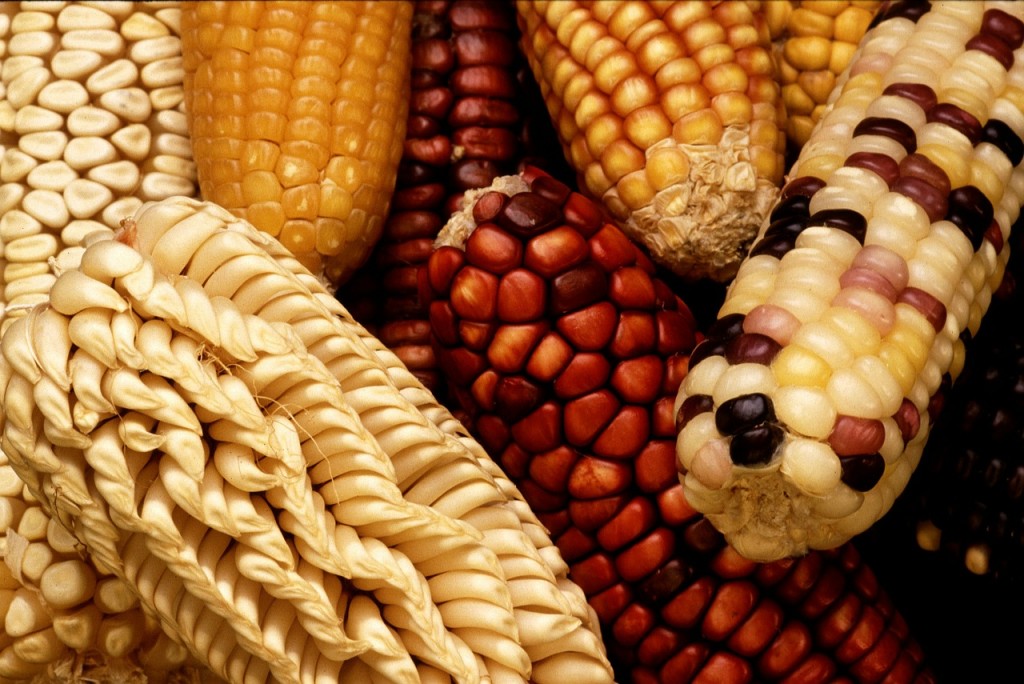
Taste sun-ripened home-grown sweetcorn and you’ll be hooked; shop-bought cobs will never have the same appeal.
Children love mini corn and can even grow their own popcorn and this is the ideal time to sow. Follow our no-nonsense guide to sure-fire success
Sweetcorn just oozes sweetness and flavour, but as soon as it is picked the sugar in the grains begins to turn to starch and the delicious sweetness is lost; that is why shop-bought cobs often disappoint.
Grow your own and the cobs can go from plant to pot in minutes, retaining all that delicious flavour.
Propagation
Sweetcorn likes a deep, moist root run so start yours off in deep pots, sweet pea tubes or Rootrainers using good quality sowing compost.
It is also possible to buy good quality young plants as plugs for instant planting.
Seeds of this tender crop are sown in April and May and will be ready for planting out once the frosts are over in June.
Sow one seed per cell burying the large seeds 1cm (1?2in) deep. Water well and place in a heated propagator set at 13-15C (55-60F).
Germination usually takes place within 10-14 days and plants generally establish quite quickly. Water regularly keeping the compost moist but not wet.
It is also possible to sow seeds direct into the soil during May and June, but germination can be poor if the weather is cold and pests such as birds will take their toll on the seeds and young plants.
However, if you do decide to give it a try, sow two seeds at each station with rows and seeds 45cm (18in) apart. Sow seeds 2.5cm (1in) deep and remove the weakest seedling later.
Growing on

Once germinated, simply keep plants frost-free on a sunny windowsill or in a cool greenhouse.
Rich, moisture-retentive soil is essential for a good crop, as is plenty of sunshine.
Choose a sunny, sheltered spot to plant your young plants, preferably where a generous amount of well-rotted organic matter was added the previous autumn.
These are hungry plants so rake in 85-113g (3-4oz) of Growmore or pelleted chicken manure seven to 10 days prior to planting.
Being tall and relatively slowgrowing plants, enough light reaches the soil beneath sweetcorn to allow another crop to be planted around the base.
Traditionally squashes are used for this.
The tough stems of the sweetcorn are also strong enough to act as supports for climbing beans if you wish and this is a good combination since the leafy, vigorous squashes cover the soil suppressing weeds and helping to retain water while the beans gain natural support and help to attract pollinators to the squashes.
Another way to conserve moisture for the thirsty sweetcorn and to suppress weeds is to plant through a black polythene or paper mulch and this is often done with commercial crops.
Plants should be planted in a block formation rather than in rows allowing 38-45cm (15-18in) between standard-sized plants, 30cm (12in) between dwarf types.
This is because being a member of the grass family, sweetcorn is wind pollinated.
Block planting ensures that the pollen from the male flowers at the top of the plant showers the female tassels to be found on the end of the developing cobs below, in turn ensuring good pollination and full cobs.
Poorly pollinated corn is sparse and disappointing.
Protect young plants from slugs and snails by applying a scattering of animal-friendly pellets or by installing slug traps. A layer of wire over the crop in the early stages will deter birds.
Harvesting

Cobs should be ready for harvesting in August or September about a month after the green tassels begin to turn brown indicating that pollination has taken place.
When the tassels become almost black, peel back the sheath surrounding the cob and push your nail into one or two grains.
If the liquid that oozes out appears creamy, the cob is ripe; but if the liquid is clear it needs a little longer – try again in a few days.
When they are ripe, cobs are harvested by gently twisting or cutting from the stems, then peel and cook without delay to ensure they retain the very best flavour.
Mini corn is a little different. This is harvested before pollination, just as the tassels are starting to appear.
Pests and diseases
Poorly-set cobs are the result of poor pollination and may occur during poor weather or where plants are planted in rows rather than blocks.
Birds will eat seeds sown in the ground if not protected with netting and also sometimes peck at the new shoots as they emerge.
Cover with netting or take other precautions to keep them at bay. Slugs and snails will nibble through the young stems and attack the leaves.
Scattering pet-friendly slug pellets or taking other precautions against them such as slug traps or barriers should help.
Smut is a disease causing the cobs to become distorted and this sometimes affects the leaves and stems, too.
Black, soot-like spores are produced spreading the disease to other plants and the soil.
Choose a resistant variety where possible and rotate crops.
Do not plant on infected land for five years.











